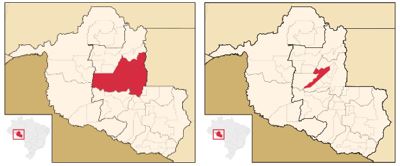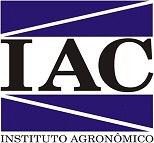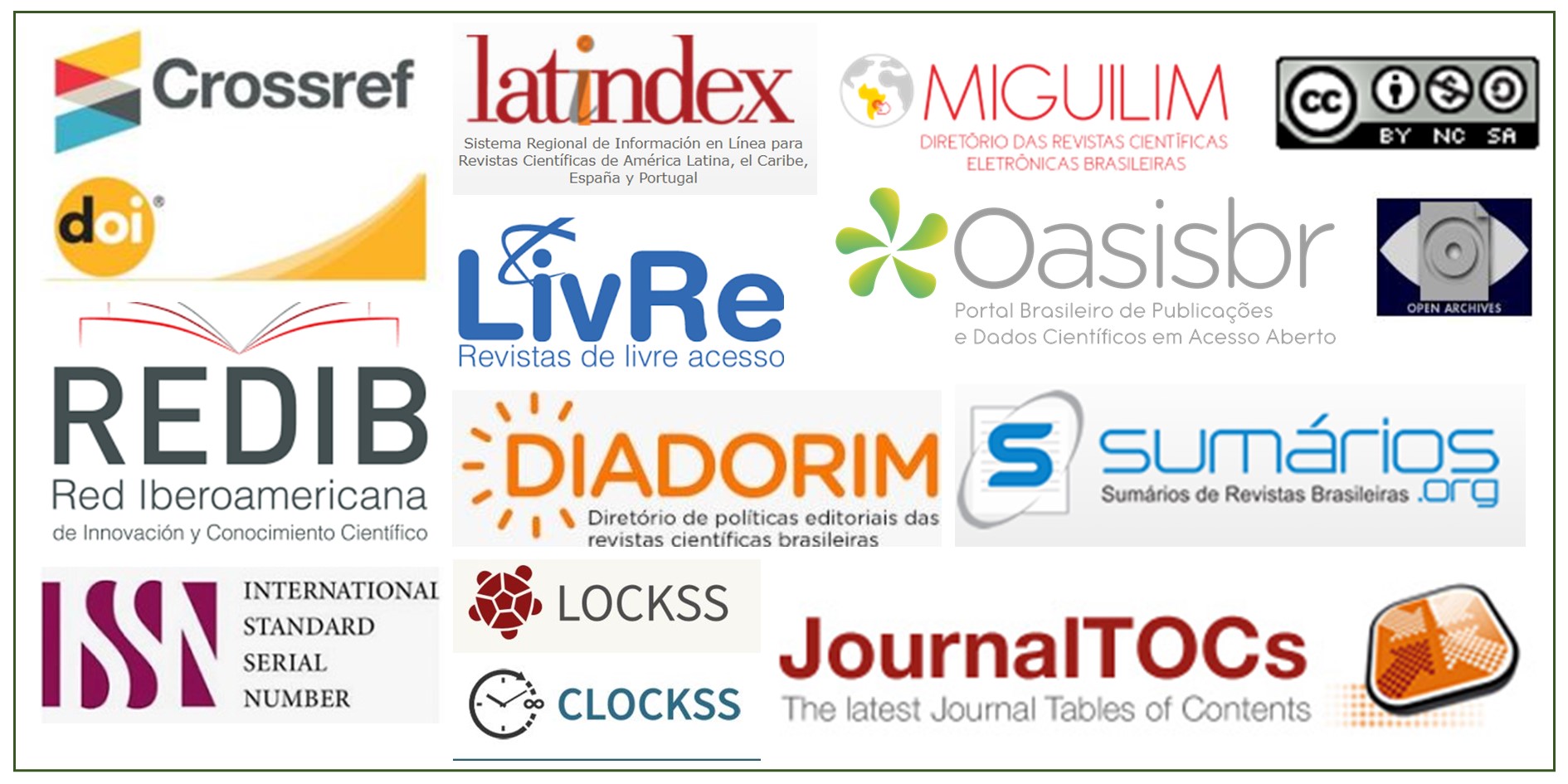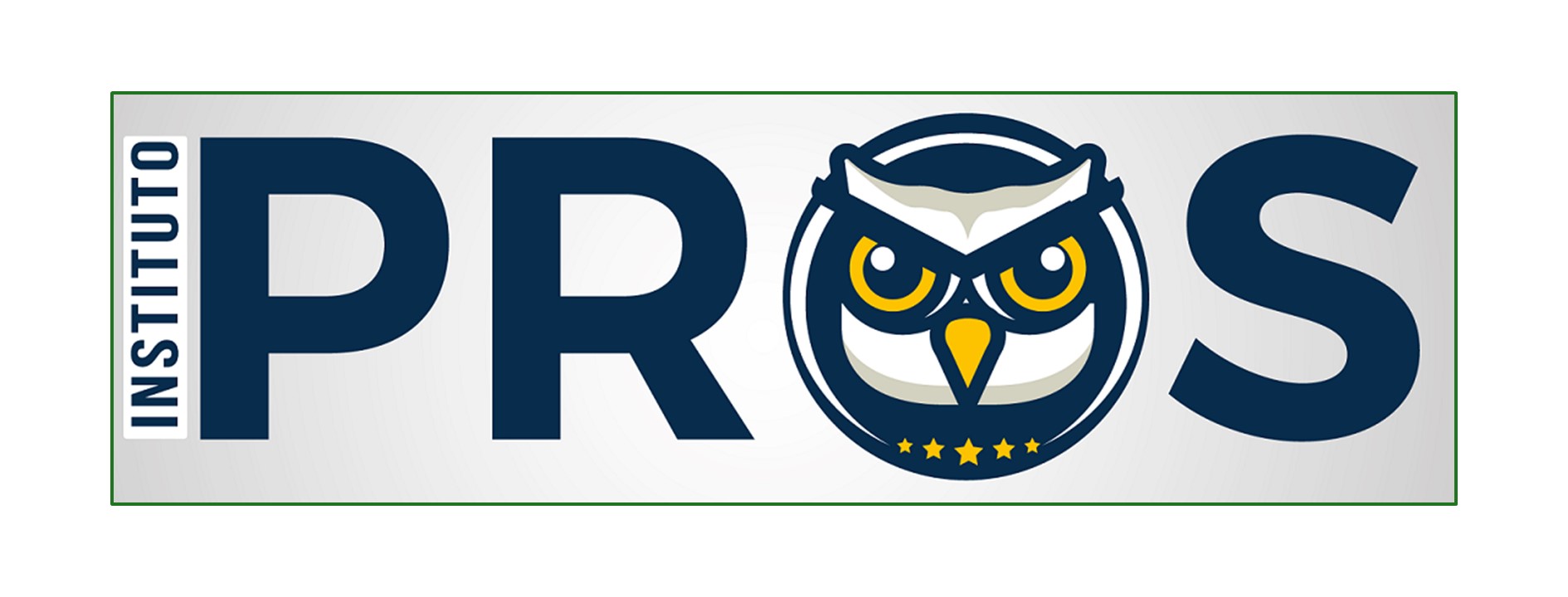Water quality in fish productions of the tambaqui species in family agriculture in Jaru/RO
DOI:
https://doi.org/10.17648/sas.v2i1.103Keywords:
Pisciculture, Family farming, Sustainability, Fish from the AmazonAbstract
Water is a resource used by many producers for fish farming, in the state of Rondônia the creation of the tambaqui species (Colossoma macropomum) stands out, obtaining a 112.61% growth in production in the last six years. For greater fish productivity, you must take into account the continuous monitoring of water quality, thus guaranteeing the quality of the fish. In order to observe the quality of water in fish farming on small farms, the present study aimed to perform physical-chemical analysis of thirteen tanks, distributed in five rural properties, located in the city of Jaru-RO, with the main income livestock, where fish farming is an alternative production. The analyzes were carried out during the months of February and March 2020, where the results were tabulated in a Microsoft Excel® program and analyzed using descriptive statistics, where the results were compared with those recommended by the current legislation and standards of good production practices. fished in tropical waters. Through the results it is observed that the parameters of pH, electrical conductivity, dissolved oxygen, turbidity, total nitrite, total nitrate and total dissolved solids from the water of the tanks presented values "‹"‹within the standards. However, it was observed that 7.69% (1/13) of the tanks had a temperature above the recommended, and 53.84% (7/13) and 76.92% (10/13), respectively total alkalinity and total hardness , presented values "‹"‹below 20 mg / L, thus affecting the quality of the water and consequently the quality of the fish. Two other parameters analyzed were ammonia and total phosphorus, with 46.15% (6/13) and 69.23% (9/13) of the tanks, respectively, showing values "‹"‹outside the recommended range. Through the results, it is observed that the majority of the analyzed tanks showed variables related to water quality out of ideal, which can cause losses for the small farmer, such as mortality or low fish production. In this sense, monitoring and water control, in order to guarantee a quality final product, generating greater income and profitability.
Downloads

Downloads
Published
How to Cite
Issue
Section
License
Copyright (c) 2021 South American Sciences ISSN 2675-7222

This work is licensed under a Creative Commons Attribution-NonCommercial-ShareAlike 4.0 International License.
Autores concordam com os seguintes termos:
a) Os autores mantêm os direitos autorais e concedem à revista o direito de primeira publicação, com o trabalho simultaneamente licenciado sob a LicençaAttribution-NonCommercial-ShareAlike 4.0 International, que permite o compartilhamento do trabalho com reconhecimento da autoria e publicação inicial na Revista SAS. A licença permite o uso, a distribuição e a reprodução irrestrita, em qualquer meio, desde que devidamente citada a fonte. Essa licença permite também que outros remixem, adaptem e criem a partir do seu trabalho para fins não comerciais, desde que atribuam a você o devido crédito e que licenciem as novas criações sob termos idênticos.
b) Não cabe aos autores compensação financeira a qualquer título, por artigos ou resenhas publicados na South American Sciences.
c) Os conceitos expressos nos artigos publicados na South American Sciences são de inteira responsabilidade de seus autores.








